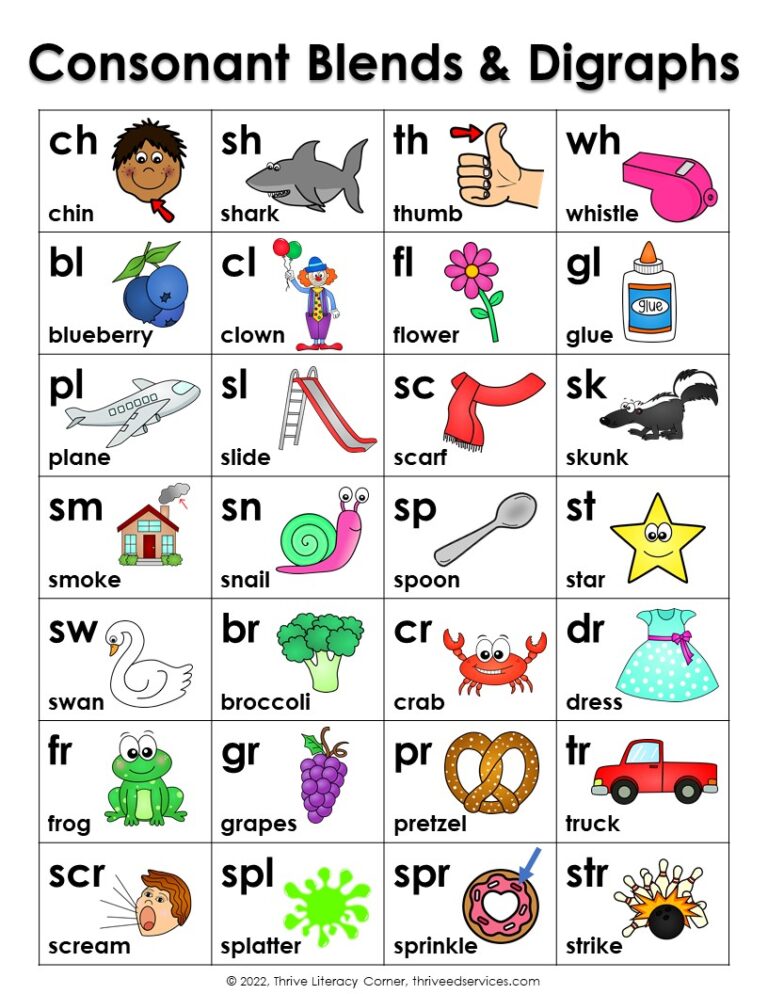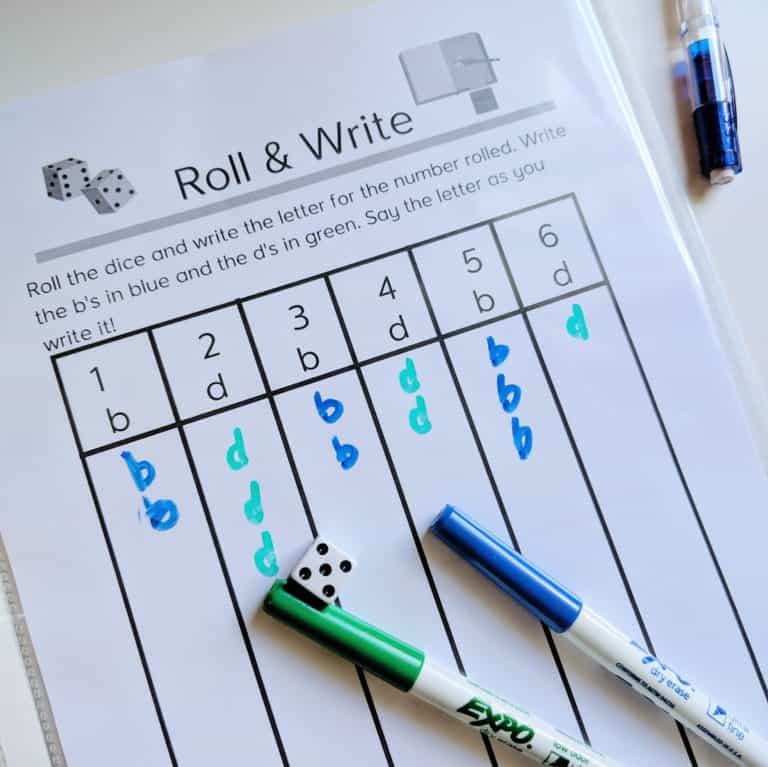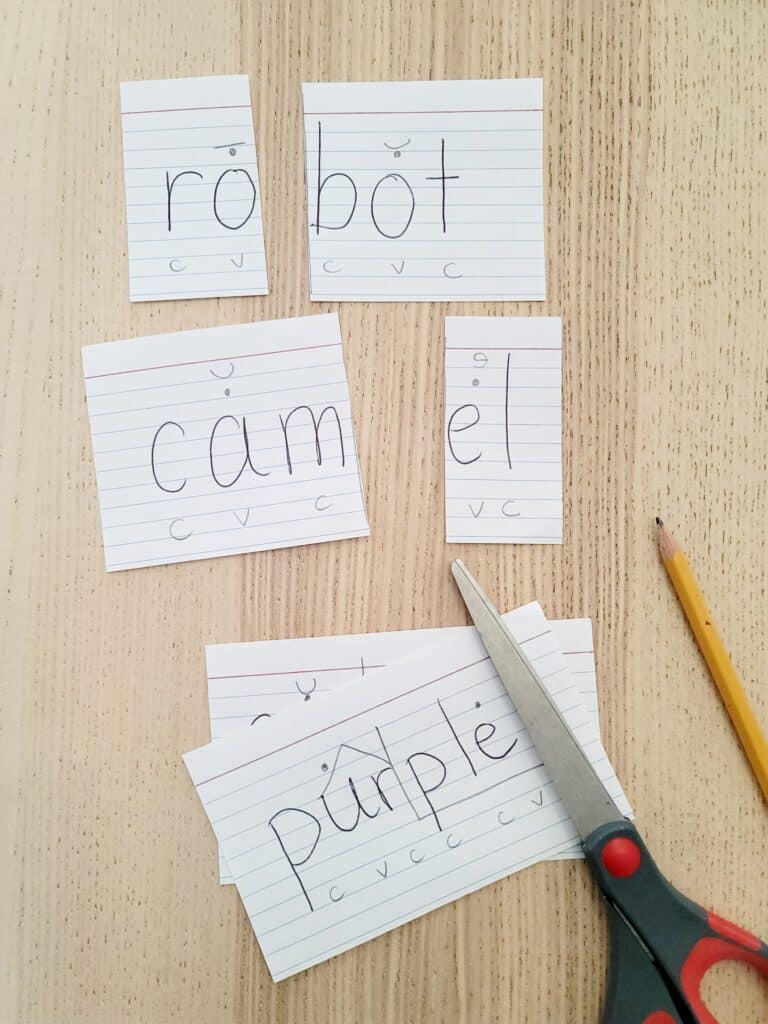Choral Reading: An Effective Way to Build Reading Fluency
This post may contain affiliate links, and I will earn a commission if you purchase through these links. Please read the disclosure policy for more details.
Have you ever stumbled across a passage in a book that you just couldn’t get through? Or had a student who struggled to read fluently? Choral reading may just be the solution you’re looking for!
Choral reading is a collaborative reading strategy that involves groups of students reading a passage or text together in unison. This engaging and interactive approach to reading has proven to be incredibly effective in improving fluency skills in readers of all ages.
In this blog post, we’ll dive into the many benefits of choral reading and explore how you can incorporate this strategy into your classroom to help your students become better readers. So, let’s get started!
What is Choral Reading?
Choral reading is a reading strategy that involves multiple readers reading the same text together in unison. This can be done in a variety of settings, including classrooms, libraries, and community centers.
In choral reading, a teacher or group leader chooses a text and reads it aloud while the group follows along. Then, the group reads the text together out loud, with everyone reading at the same pace and volume. This can be done with any type of literature, including poetry, fiction, non-fiction, and even scripts.
Choral reading is a highly effective way to improve fluency, comprehension, and even social skills. When students read together in unison, they are forced to pay close attention to the text and to one another, which can help improve their reading skills and their ability to engage in collaborative work.
SCIENCE OF READING QUICK START GUIDE
Grab your FREE guide with the 5 tools you need to get started with SOR!
*Most school spam filters block my emails, so please use a personal email.

Benefits of Choral Reading – How it works
Choral reading is an effective strategy to improve fluency among students. Here are some of its benefits and how it works:
- Improves Oral Reading Fluency: Choral reading is an excellent way to improve oral reading fluency. Students can practice their pronunciation, intonation, and rhythm while reading in unison with others.
- Builds Confidence: Choral reading builds students’ confidence in their reading abilities. They feel more comfortable reading aloud in front of their peers, which helps them overcome their fear of public speaking.
- Encourages Active Participation: Choral reading encourages students to actively participate in the learning process. They become more engaged and motivated to read and learn when they read together with their peers.
- Builds Vocabulary and Comprehension Skills: Choral reading helps students develop their vocabulary and comprehension skills. When students read the same text together, they learn new words and concepts, and they understand the meaning of the text better.
- Fosters Social Skills: Choral reading also fosters social skills among students. They learn to work together, listen to each other, and support each other during the reading process.
According to researchers, a mere 16-minute session of whole class choral reading can effectively enhance the decoding skills of struggling readers.
Overall, choral reading is a powerful strategy that can have a significant impact on students’ reading abilities and social skills.

How To Implement Choral Reading?
Now that we have established the benefits of choral reading, let’s take a look at how you can implement it in your classroom.
First, choose a text that is appropriate for your students’ reading level and interests. It could be a poem, a short story, a play, or a section from a textbook. Make sure to pre-teach any unfamiliar vocabulary and concepts before starting the choral reading. Provide a copy of this text to each student so they can follow along.
Read the passage aloud ensuring to model fluent reading. Remind students to follow along as they read using their finger or a marker – this is important!
Ask students to reread the passage aloud together. Encourage them to read with expression and rhythm, and to pay attention to punctuation and phrasing.
As the group reads, listen for any mistakes or areas that need improvement. Provide feedback and guidance as needed, and encourage the students to help each other improve. You can also use choral reading as a way to introduce or review new concepts or vocabulary.
Over time, you would decrease your active participation and let students chorally read more on their own.
Remember, choral reading should be a fun and engaging activity for students. Be sure to provide positive feedback and encouragement throughout the process.

Choral Reading in Content Areas
Choral reading can be utilized in various content areas, not just in language arts. It can be used in science, social studies, and even math! Here are some ideas on how to incorporate choral reading in different content areas:
- Science: Use choral reading to review scientific concepts such as the water cycle or the parts of a plant. You can also have students read a text together about a scientific topic and discuss it afterwards.
- Social Studies: Have students choral read primary source documents such as the Declaration of Independence or the Gettysburg Address. You can also use choral reading to review important events in history or to learn about different cultures.
- Math: Use choral reading to review math vocabulary or to learn math concepts such as fractions. You can also have students read and solve math word problems together.
Choral reading can be a fun and interactive way to incorporate literacy skills in all content areas. It helps students build fluency, comprehension, and teamwork skills. Give it a try in your next lesson!

Conclusion
Incorporating choral reading into your classroom can have numerous benefits for students, including improving fluency, building confidence, and creating engagement. By reading together as a group, students are able to follow along easily and focus on their own reading without feeling singled out or pressured.
To implement choral reading, start by selecting appropriate texts and working on pronunciation and intonation. Consider using choral reading in other content areas beyond language arts to further enhance student learning.
While choral reading is a useful tool to improve fluency, it is important to consider individual student needs and preferences. By incorporating choral reading strategies into your classroom, you can help your students build lifelong literacy skills and foster a love for reading.
Sources:
- 16 Minutes of “Eyes-on-Text” Can Make a Difference: Whole-Class Choral Reading as an Adolescent Fluency Strategy – David D. Paige
- Fluency: Instructional Guidelines and Student Activities – Texas Reading Initiative
Now that you’ve learned some invaluable tips on how to improve reading comprehension in your students, why not ensure you can return to this post whenever you need a refresher? Simply save this post to your Pinterest board and you’ll never have to worry about forgetting any of the fantastic insights you’ve gained today. Trust us, your future self will thank you for it!








